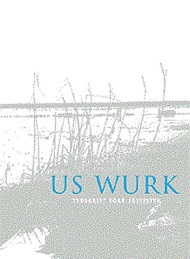Dat liket mar bêst! Evidinsjaliteit yn it Frysk
Abstract
In this article I discuss expressions like Dat sjucht der goed út, Dat heart raar, Dat liket skoan, Dat wiist min and Dat seit bêst in Modern West Frisian. The pattern underlying these examples has spread rather widely in
Frisian. It will be shown that evidentiality has played a major role in this development. The pattern probably originated in sentences containing a primary phenomenon-based perceptional verb (derút sjen ‘look’, hearre
‘sound’), a subject expressing a general state of affairs and an evaluating adjective. Such sentences could be ambiguous between readings in which the verb expressed direct evidence (evidence from seeing or hearing) or
indirect evidence (evidence from inference or hearsay). Consequently the pattern could spread to other verbs (secondary perceptional verbs, epistemic verbs and verbs of oral communication). The verb in the pattern
must be analysed as an evidential copula. The difference between evidential copulas and epistemic verbs supports the hypothesis of De Haan (1999) that evidentiality and epistemic modality should be kept apart. I suggest that the popularity of this pattern in Modern West Frisian might be due to the fact that it could be used for indirect evaluation.

